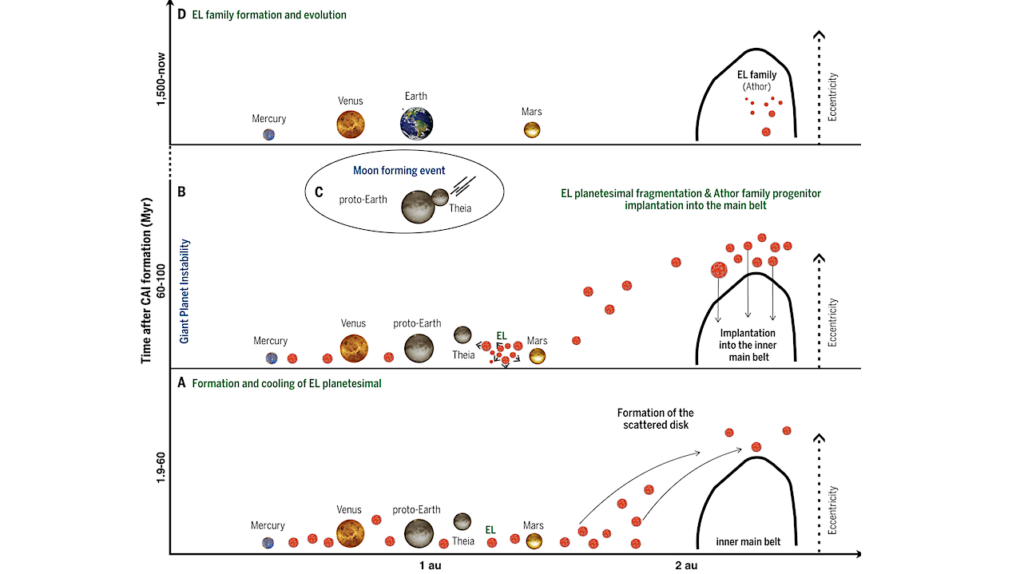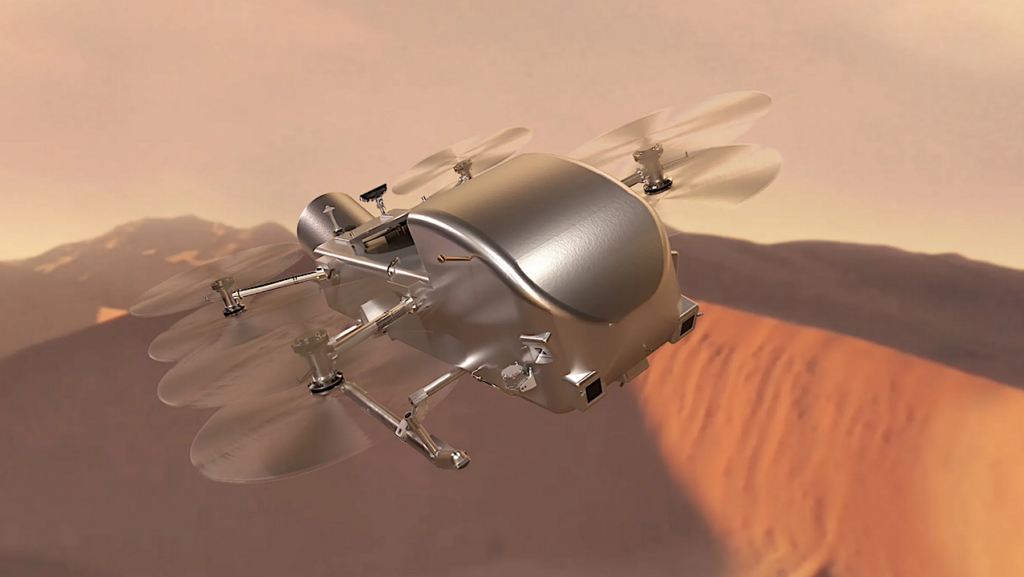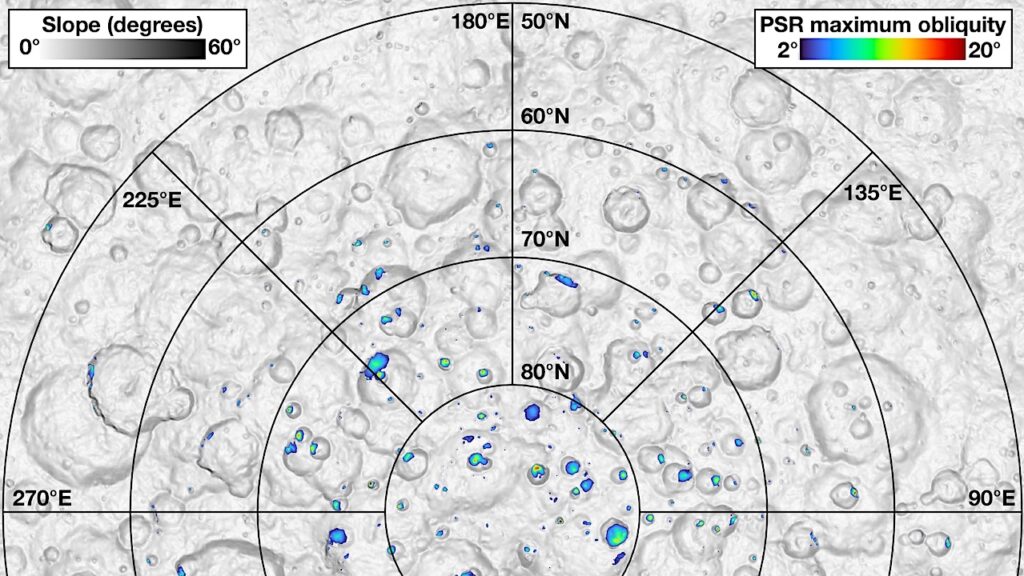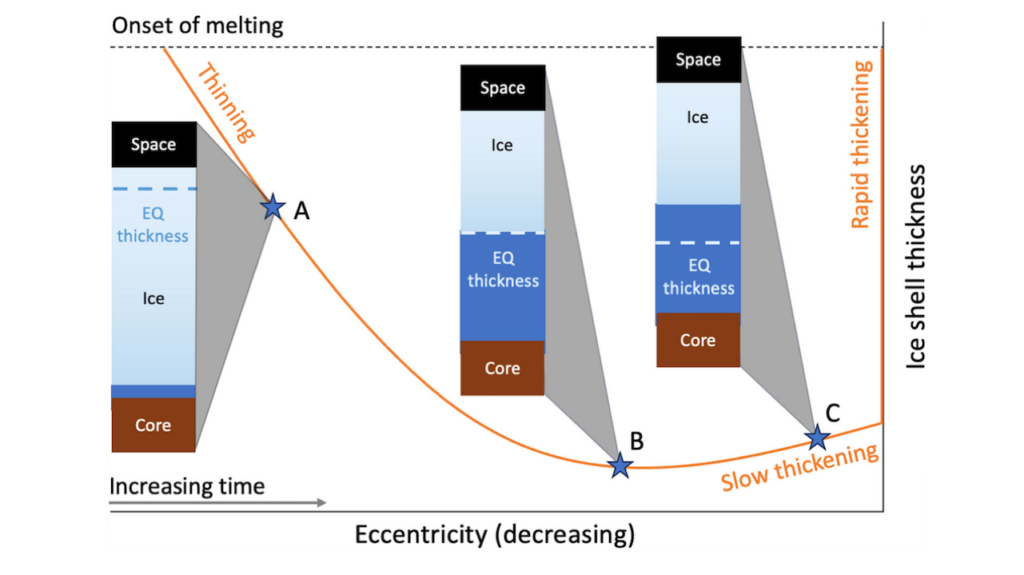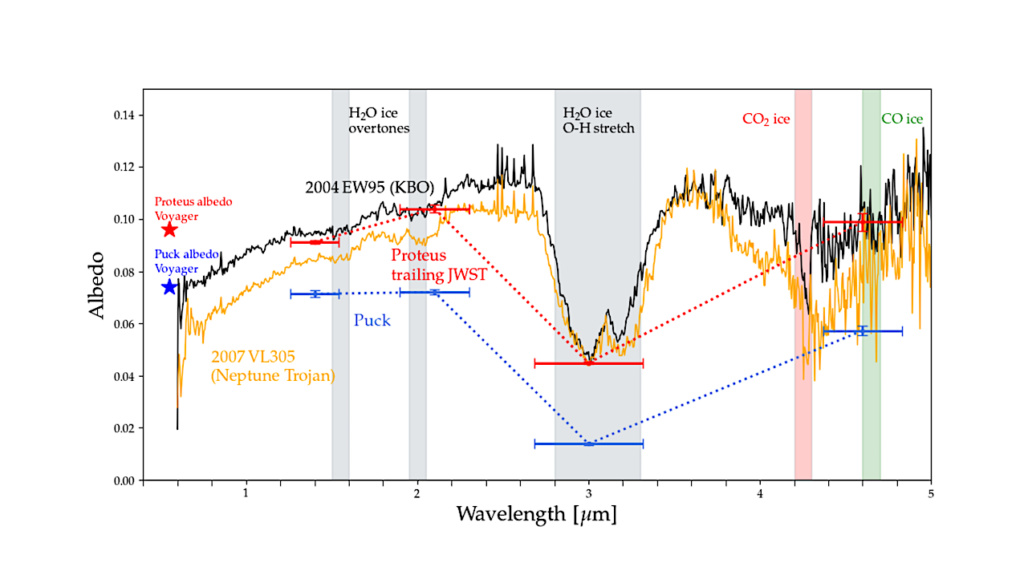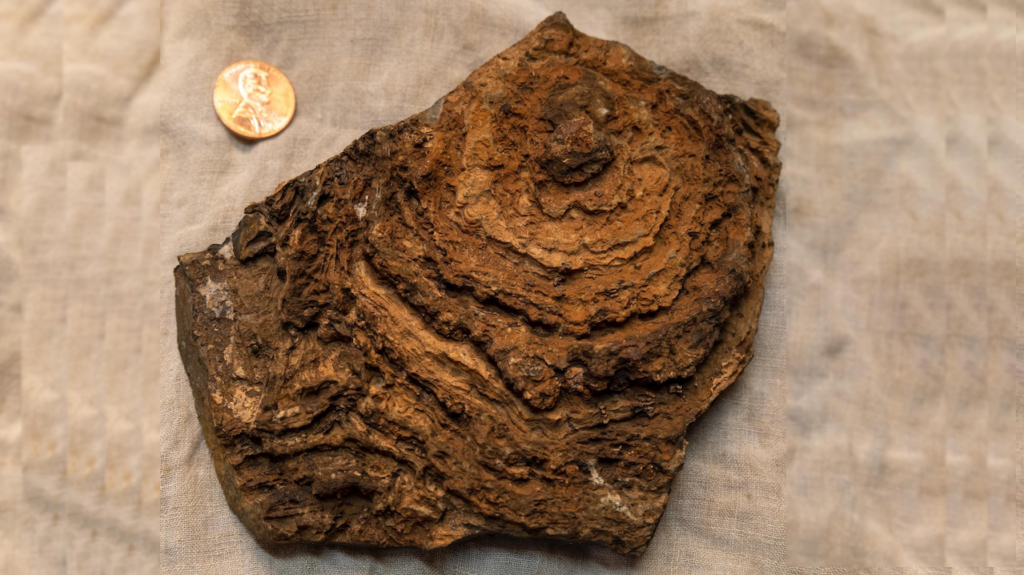δ44/40 Ca-δ88/86Sr Multi-proxy Constrains Primary Origin of Marinoan Cap Carbonates

The Neoproterozoic Earth experienced at least two global-scale glaciations termed Snowball Earth events. ‘Cap carbonates’ were widely deposited after the events, but controversy surrounds their origin.
Here, we apply the novel δ44/40Ca-δ88/86Sr multi-proxy to two Marinoan (ca. 635 Ma) cap carbonate sequences from Namibia and show that the rocks archive primary environmental signals deriving from a combination of seawater-glacial meltwater mixing and kinetic isotope effects. In an outer platform section, dolostone δ44/40Ca and δ88/86Sr values define a line predicted for kinetic mass-dependent isotope fractionation. This dolostone mostly precipitated from meltwater.
Moreover, stratigraphically higher samples exhibiting the fastest precipitation rates correlate with elevated 87Sr/86Sr ratios, consistent with long-held expectations that a rapid deglacial weathering pulse forced cap carbonate formation. An inner-platform dolostone shows greater effects from water-mass mixing but still reveals that precipitation rates increased up-section. Overlying limestones show the greatest Ca and Sr contributions from seawater.
Amplification of local coastal processes during global ice sheet collapse offers a simple but sufficient proposition to explain the Ca isotope heterogeneity of cap carbonates. Detection of kinetic isotope effects in the rock record provides a basis for developing the δ44/40Ca-δ88/86Sr multi-proxy as an indicator of saturation state and pCO2.
Jiuyuan Wang, Andrew D. Jacobson, Bradley B. Sageman, Matthew T. Hurtgen
Subjects: Chemical Physics (physics.chem-ph); Earth and Planetary Astrophysics (astro-ph.EP); Geophysics (physics.geo-ph)
Cite as: arXiv:2204.02563 [physics.chem-ph] (or arXiv:2204.02563v1 [physics.chem-ph] for this version)
Submission history
From: Jiuyuan Wang
[v1] Wed, 6 Apr 2022 03:26:43 UTC (1,743 KB)
https://arxiv.org/abs/2204.02563
Astrobiology


